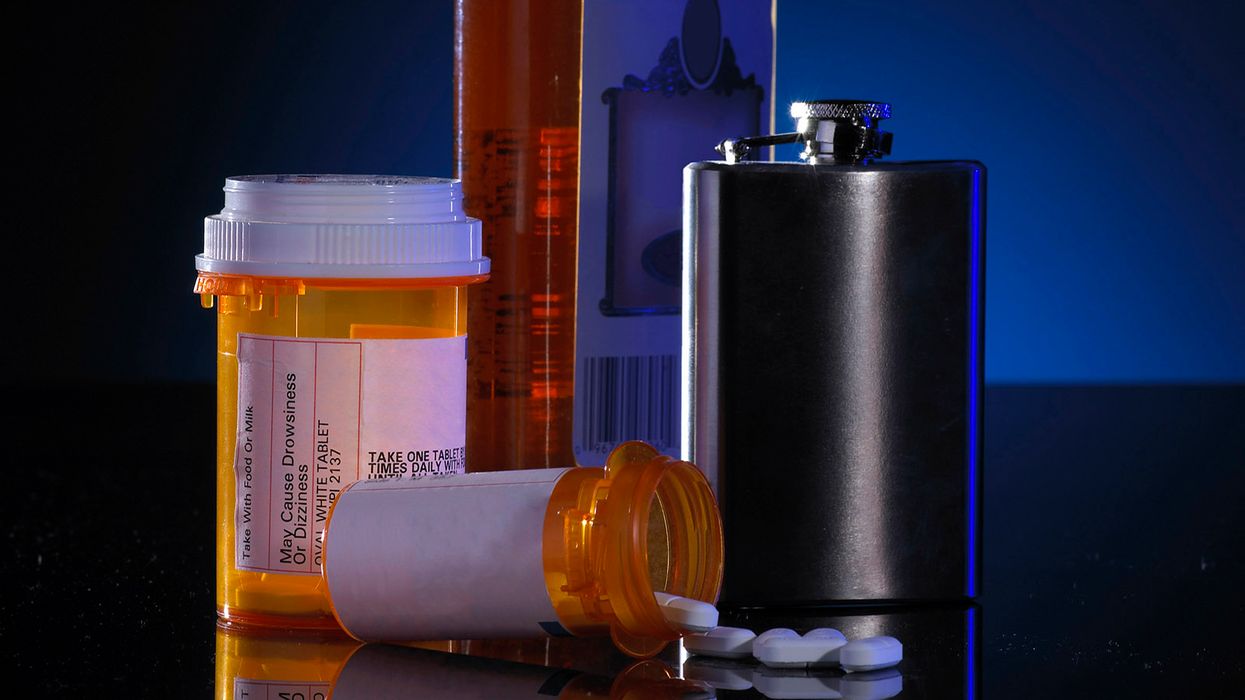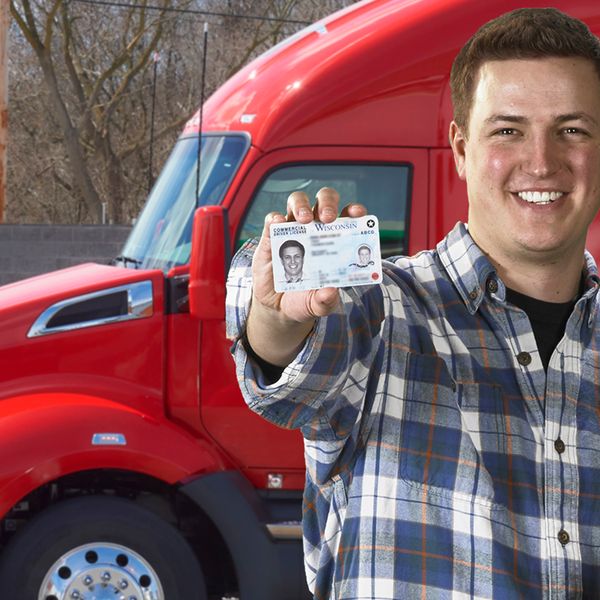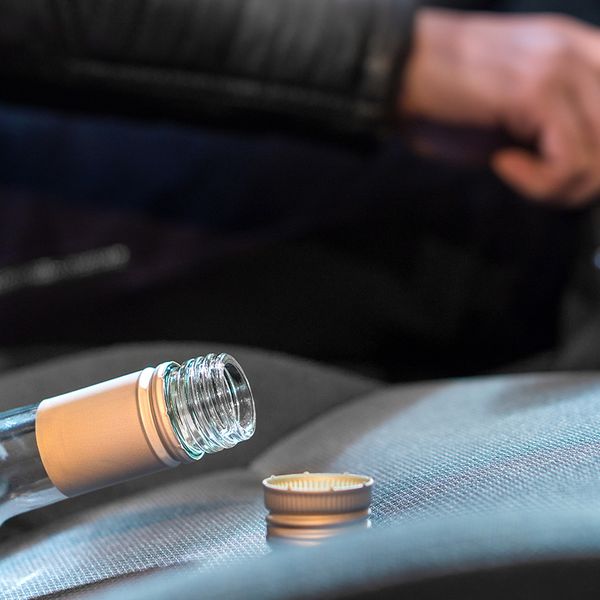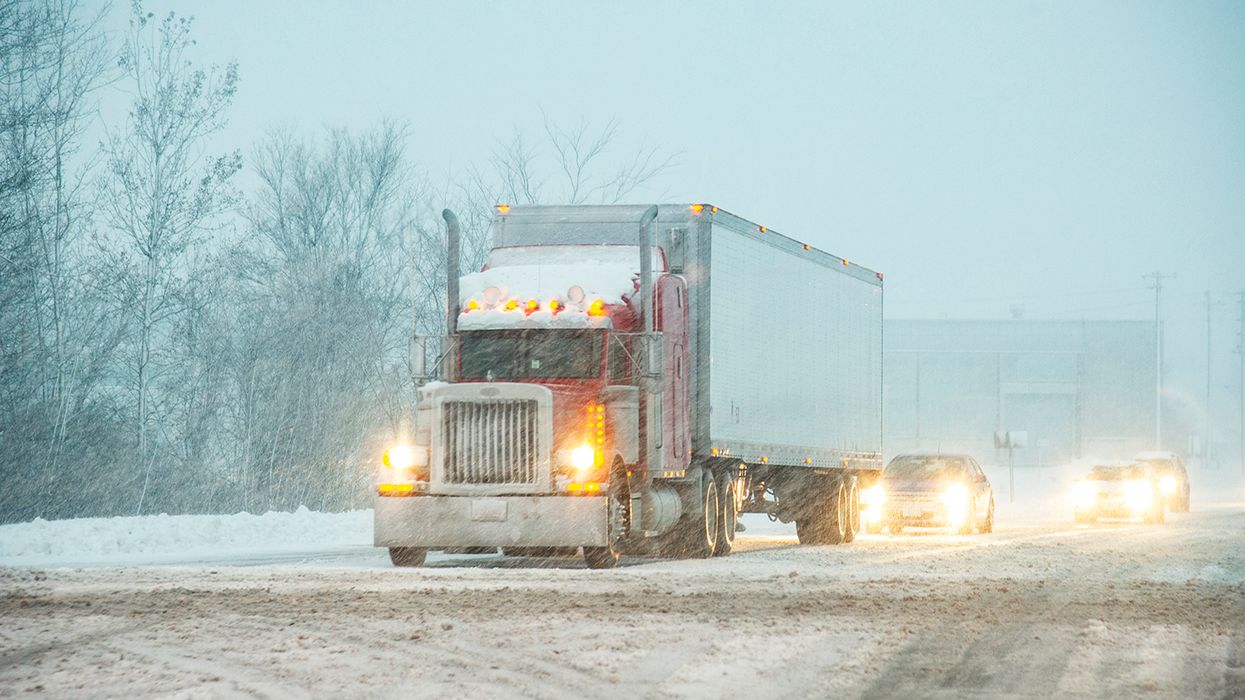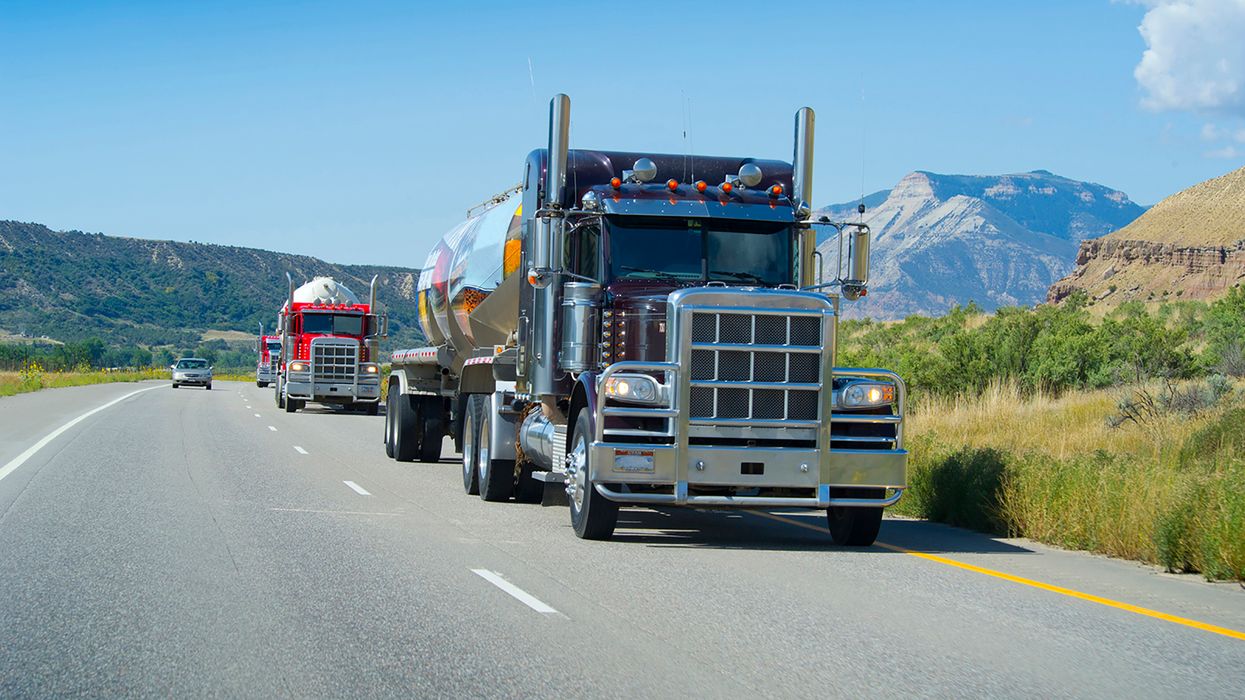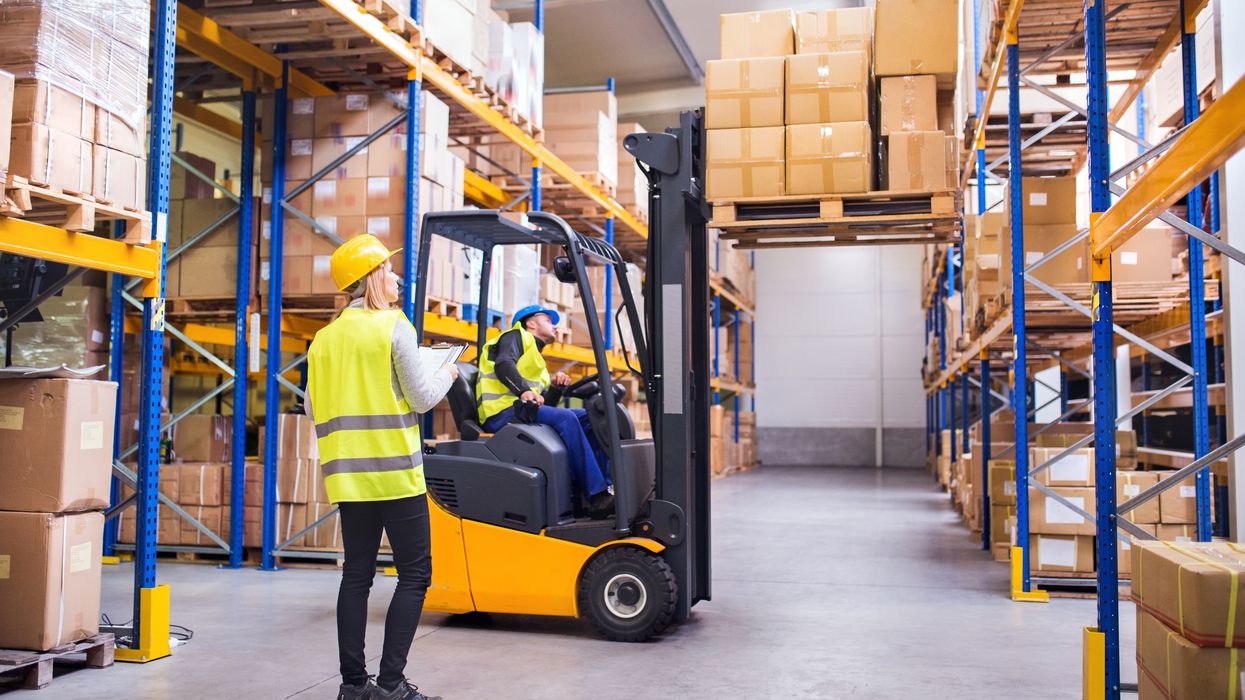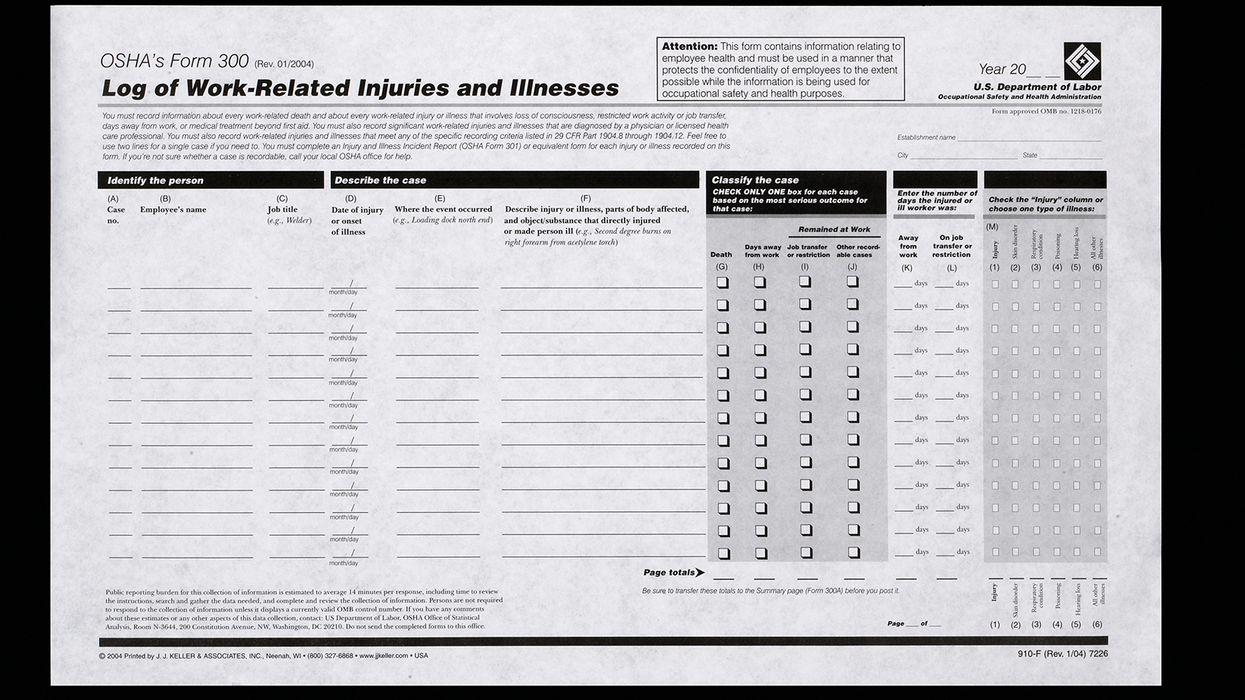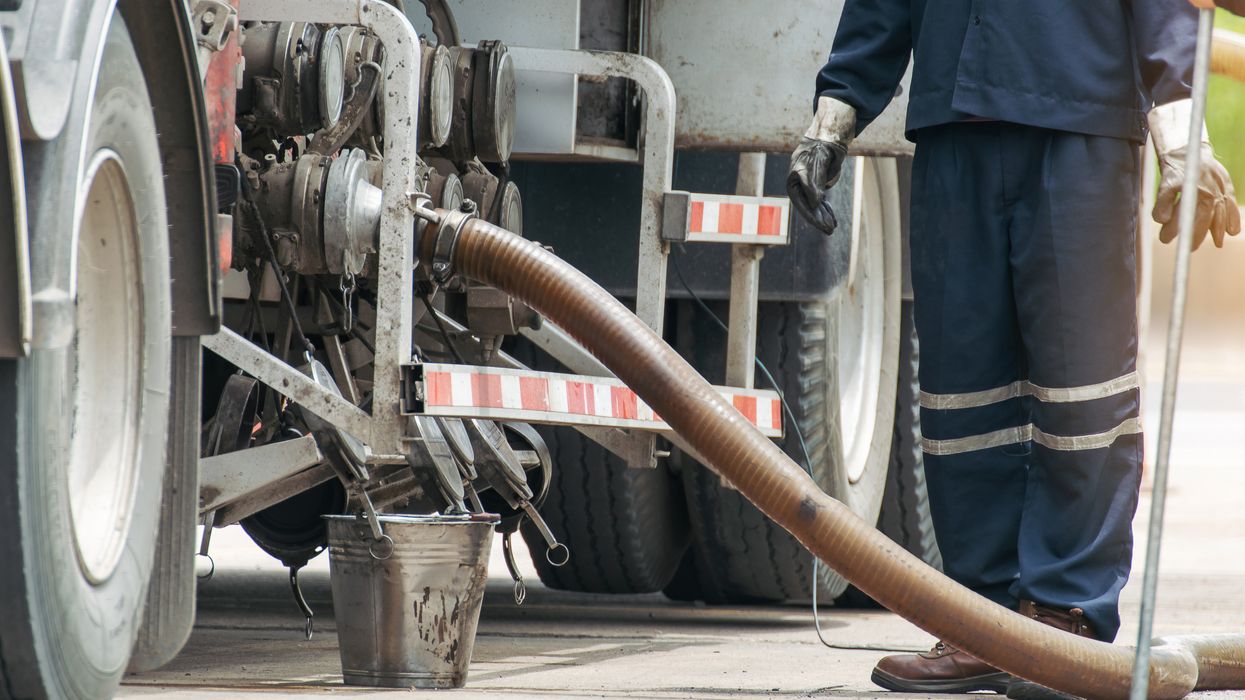DOT drug and alcohol violations keep drivers from operating any CMV
Many may be surprised to learn that when commercial drivers violate drug and alcohol prohibitions under Part 382, they are prevented from operating any type of commercial motor vehicle (CMV) — including those that do not require a commercial driver’s license (CDL).
What is meant by non-CDL CMV?
The Federal Motor Carrier Safety Regulations (FMCSRs) contain two definitions of CMV. One is associated with CDL licensing, DOT drug and alcohol testing, and driver training. This definition is found in 383.5.
The other definition in 390.5 applies to the bulk of the safety regulations (Parts 390-399). It includes several vehicle types, including large pickup trucks and pickup truck/trailer combinations, box trucks, and some passenger vans, along with larger and hazmat placarded vehicles fitting within the scope of 383.5 requiring a CDL.
Section 382.501(c) restricts the operation of a CMV as defined in 390.5 until a Part 382 violation is resolved through evaluation, treatment, and return-to-duty testing. Using the definition in 390.5 and comparing it against the CDL CMV definition in 383.5 reveals the following vehicle types used in interstate commerce that are regulated, but do not require a CDL to operate:
- Vehicles with an actual weight or weight rating of 10,001 pounds to 26,000 pounds,
- Truck-trailer combinations with an actual combined weight or combined weight rating of 10,001 pounds to 26,000 pounds, and
- Vehicles designed or used to transport 9 to 15 passengers (including the driver) for compensation.
The above vehicles are commonly called non-CDL CMVs.
Enforcement’s access to Clearinghouse data
Drivers who hope to avoid the consequences of a DOT testing violation by operating non-CDL CMVs cannot escape their records. Until a driver completes the return-to-duty process and the steps are reported to the CDL Drug and Alcohol Clearinghouse, the driver remains in a “prohibited” status and is restricted from operating any CMV. When a CDL holder with an unresolved DOT testing violation undergoes a roadside inspection in any type of CMV:
- Enforcement will see the driver’s prohibited status in the Clearinghouse record,
- The driver will be placed out of service, and
- The carrier will have the roadside inspection violation held against its safety record.
Queries as best practice
Motor carriers that are subject to Part 382 — and as a result have a Clearinghouse account — are permitted (not required) to query the database for CDL holders who operate non-CDL CMVs on behalf of the carrier. However, motor carriers must still follow the consent requirements set forth in 382.703.
This best practice allows motor carriers to determine whether a CDL holder had a violation under Part 382 reported to the Clearinghouse. Without this knowledge, a motor carrier may inadvertently use a driver in a prohibited status.
Note that a motor carrier that does not have a Part 382 program is unable to perform a query as best practice and cannot assist the driver with the DOT return-to-duty steps.
An alternative to the return-to-duty process
There is an option for drivers with unresolved testing violations who want to continue driving non-CDL CMVs but work for carriers without Part 382 programs.
If drivers voluntarily surrender their CDLs, they are permitted to operate non-CDL CMVs in interstate commerce without having to go through the evaluation, treatment, and testing.

